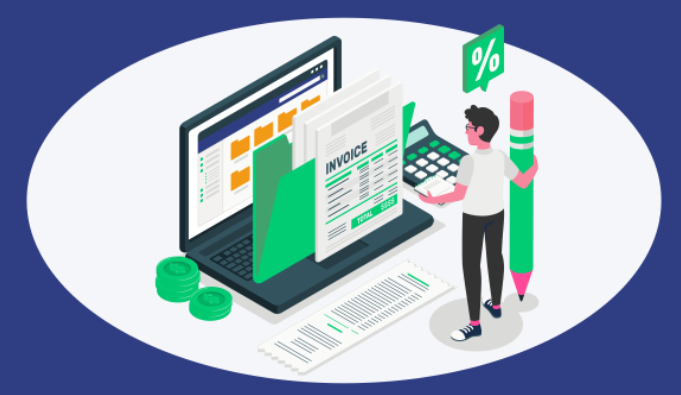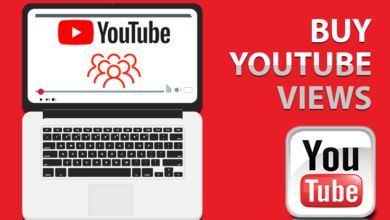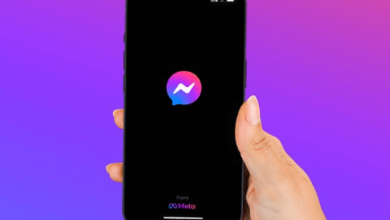5 Property Management Software Tips for New Users

If you’re a new or prospective property management software user, congrats! You’re on the path to successful digital management of your rental business.
As you familiarize yourself with software features and functions, you may encounter some questions or concerns. Maybe you’re accustomed to manual management and are reluctant to give up traditions of cash and check payments. You might be worried about transferring your data from a different platform or spreadsheet.
If you’re facing challenges similar to these, don’t despair. Transitioning to rental property management software will take some time, but it’s worth the effort. As soon as you and your tenants set up accounts, you’ll be well on your way to efficient digital management on the cloud.
To get you started, here are five property management software tips for new users.
- Do Your Research
Doing your research is just as important for property management software as it is for any other purchase. Your software will facilitate your business’s daily functioning, so it’s crucial that the platform you choose is well suited to your needs.
Before you decide, consider the features, pricing structures, and ratings of each platform. Most platforms offer similar basic features, but some will provide secondary or add-on features for additional fees. For instance, if you’re interested in advanced performance tracking or complex integrations, expect to pay for a premium plan or at least an extra fee.
Pricing varies by company. Many property management software companies have feature- or unit-based pricing combined with monthly subscriptions. Some platforms allow you to choose either an annual or monthly plan. Other platforms offer paid onboarding services, while a few are completely free for landlords.
Finally, property management software ratings can be found on popular review sites like Capterra, Trustpilot, and G2. Be sure to consider written reviews as well as numerical scores.
- Use Document Templates
Templates are a smart way to save time and decrease frustration as a new user. Once you’ve chosen a platform, you’ll probably be excited to implement it as quickly as possible. But first, you’ll need to create, upload, or edit leases and applications.
Don’t let document creation get in the way of your eagerness to get started. If you plan to create documents from scratch, using templates could save you time and energy. Many software platforms come with built-in templates with suggestions for lease fields or application questions.
What’s more, templates are professionally designed and ready to use almost immediately. All you need to do is fill in your particulars, and your document is ready to go.
- Transfer Data with Integrations
Now that your documents are ready, it’s time to transfer your data. You may have your data stored in paper files, Excel spreadsheets, Google Drive, or another cloud-based application like QuickBooks. This is the case for many landlords transitioning to property management software for the first time.
Thankfully, data transfers are straightforward with integrations. Many property management software platforms offer integrations with software you may be using to store data.
For instance, Doorloop offers integrations with Microsoft Outlook, Google Drive, Zapier, and Quickbooks, while Appfolio integrates with Zillow, CodeBox, Blue Moon Software, SmartRent, and more. Both TenantCloud and Innago offer integration with QuickBooks, a popular digital accounting manager.
- Automate Messages
Your time is limited and valuable. As a rental property manager or landlord, you have your hands full with everyday tasks, including managing expenses, screening tenants, and marketing your rental properties.
Automating communication is one way to prioritize time management. If you send regular messages to your tenants (rent reminders, late fee warnings, renewal offers, etc.), your new software can do this for you.
With property management software, you can compose a message ahead of time that will only be sent to the tenants you designate. Automation gives you the freedom to pursue big picture goals rather than tedious day-to-day duties.
- Use Onboarding Support
Finally, if you usually struggle (or anticipate struggling) with new software, consider paying an extra fee for onboarding support. Several platforms, such as Buildium and AppFolio, offer paid onboarding services.
If you choose this pricing model, you’ll be paired with a representative from the software company to walk you through the account setup process, data migration, and first experiences with the software. This option is a wise way to reduce initial stress and frustration with your transition.
Get Started with Digital Rental Management
While setting up your new property management software might take some time, platforms are designed with maximum usability in mind. By following these few tips as well as taking advantage of customer support resources, you’ll have your new system up and running in no time.





